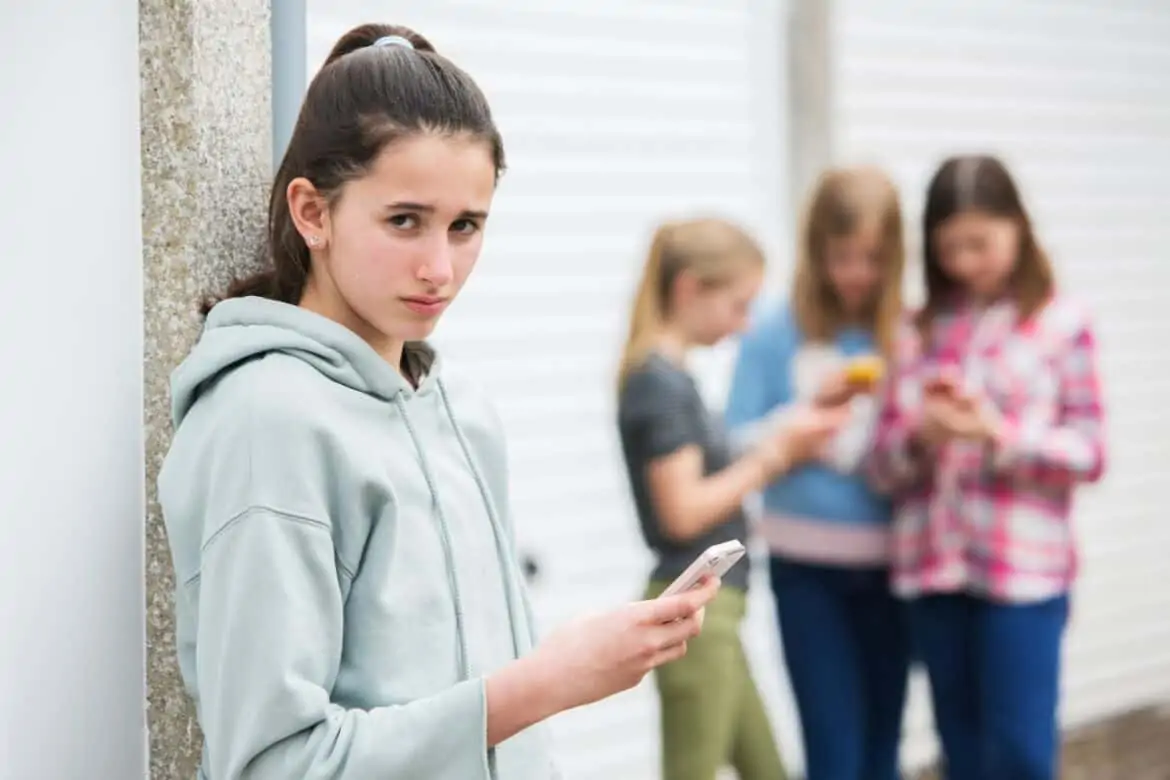When it’s finally time for your child to ask if they can join their friends on Twitter, Instagram, or Snapchat, you may not feel ready. Though you may have sent your child off to school, to birthday parties, or to sports practices over the years, the Internet is a world that requires education and preparation to navigate. When your child first joins the social media world, it’s important to have conversations about what is to be expected and set some ground rules. Check out these social media tips for parents to share with your kids, no matter if they are first-time users or if you just want to give them a reminder:
Don’t over-share
Letting your kids know what information is off-limits for sharing is a great way to help protect them from cyberbullies and other cybercriminals. Turning off location settings on smartphone apps or devices is an effective starting point, as it prevents unwanted individuals from accessing your location at any given moment. Remind kids to avoid sharing details like their phone number, the school they attend, street address, and current location with people online, especially with strangers. Cyberstalkers can easily use this information to become real-life threats.
Other cybercriminals can use this information to steal your child’s identity, a crime that can go unnoticed for years.If you’re worried that your child may have revealed personal details to a stranger, or if you just want an added layer of security, check their credit score and consider signing them up for an identity theft protection service such as LifeLock, which will notify you of any suspicious activity associated with their identity. Establishing expectations for what your child can and can’t share, and checking in to ensure the expectations are met, will set your child up for safety and a healthy social media experience.
Be kind
Children and teens tend to be heavily influenced by the actions of their peers, especially on social media. This can create a culture of cyberbullying and, with lack of face-to-face interactions, can be much more severe than in-person bullying. Sites like Askfm reinforce the freedom to post not only without in-person interaction, but also anonymously. People are able to submit questions and comments to users on the public forum without their name, which can lead to the publishing of harmful content.
This also happens on micro-blogging and image sharing sites like Twitter and Facebook; though they are not anonymous platforms, it is very easy for users to build fake accounts and use them to be cruel to their peers. One of the most essential messages to relay to children is to be kind. Our youth should be reminded of the importance of using kind language, not engaging in negative behaviors, and being an upstander when it comes to witnessing forms of cyberbullying.
Talk to someone if something feels wrong
The most important part of using social media is communication. Make sure your child knows what online behavior is appropriate, not only for themselves, but also for the people with whom they choose to interact. If a stranger asks questions that seem too personal or makes your child feel uncomfortable in any way, or if someone may be bullying your child online, let them know they can come to you for support.
Children look to parents, guardians, and teachers for support, especially when they experience things for the first time, so be sure to serve as a listening ear and strong support system for your children to help them navigate social media platforms with ease and safety.
This post contains affiliate links. When you click on a link and make a purchase, I receive a small commission for the sale. Thank you for letting me share some of my favorite products and finds with you – I appreciate your support by shopping through these links!

